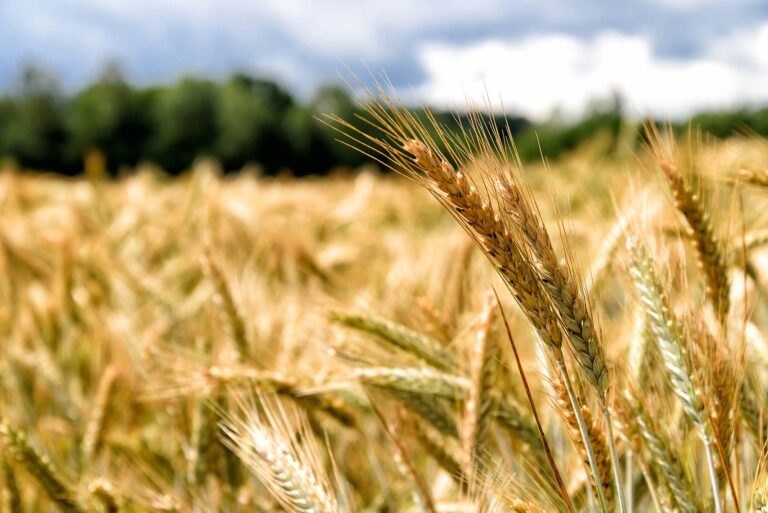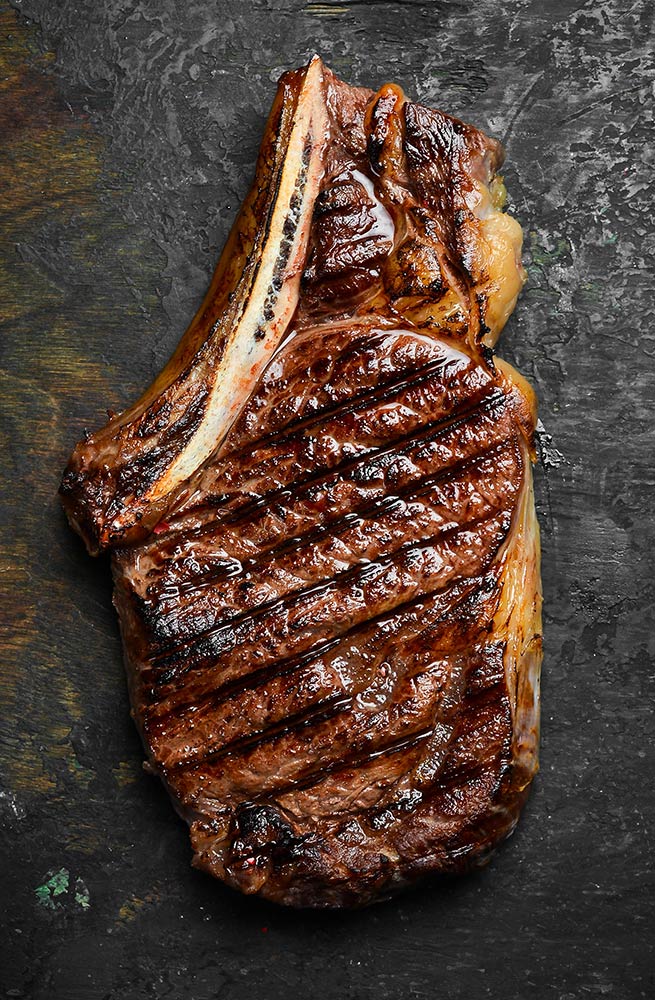US President Donald Trump’s recent move to raise tariffs on Brazilian imports to 50% starting August 1—up sharply from the 10% rate imposed in early April—has sparked concerns in global markets, with potential ripple effects across commodities like orange juice, beef, coffee, sugar, and seafood.
The trade measures, announced Wednesday, are raising alarms in export-dependent sectors and among US importers, with market participants saying the implications could be wide-ranging.
Brazilian President Luiz Inácio Lula da Silva said the country would respond to the newly announced tariff on Brazilian exports with reciprocal measures. Below, Expana analyzes the potential impact of Trump’s latest move on several key markets.
Orange Juice
Though the impact of the new US import tariff of 50% on Brazilian products remains uncertain, the amount of orange juice trade potentially affected is significant. Imports of Brazilian orange juice into the US have been increasing in recent years, partly due to a substantial decline in orange production in Florida, explained Expana’s Market Analyst Craig Elliott.
Brazil currently accounts for 64.7% of the US’s orange juice imports, according to CitrusBR, whereas imports from competitor Mexico sit at 29.6%. However, Mexico continues to enjoy zero tariffs under the USMCA trade agreement.
This comes at a time of low global demand for orange juice, which has been pushing down orange juice prices, just as Brazil’s orange crop is expected to increase this year. The new tariffs, therefore, could potentially further erode Brazil’s competitiveness amid an already-challenging market environment.
Brazilian Beef
Brazil supplies nearly 30% of the US’s imported boneless beef, making this tariff a seismic shock to American buyers and suppliers, noted Expana’s Market Researcher Emily Schlichtig.
Brazil exceeded its 65,000 mt beef quota in just 17 days this January, triggering a 26.4% out-of-quota tariff on top of the existing 10% baseline. With the new 50% tariff, the total out-of-quota rate rises sharply to 76.4%, significantly raising costs for US buyers and reducing exporter competition.
This development could prompt exporters to redirect shipments originally bound for the US to other markets, especially China. Such a shift may increase supply and put downward pressure on Chinese beef prices amid ongoing trade tensions.
Australia and New Zealand Beef
Australian and New Zealand beef exporters are closely monitoring Washington’s 50% tariff on Brazilian goods, explained Expana’s Red Meat Market Analyst Junie Lin. With Brazil facing higher costs, both see a chance to gain market share, especially in lean beef trimmings used widely in US ground beef.
However, unlike Brazil, Australia and New Zealand are expected to adhere to their quotas to maintain their favorable 10% tariff.
Coffee
While futures prices briefly rallied on July 10 after the announcement of US 50% tariffs on Brazil, several sources have told Expana’s Coffee Market Reporter, Andrew Moriarty that demand destruction from the US market could see prices soften should the tariff go into effect on August 1.
Brazil is the world’s premiere coffee supplier–and the US is a major market. Brazil is the largest exporter of coffee to the US, exporting over 450,000 metric tons in 2024. Plus, Brazilian exports account for 26% of the world’s coffee. Prices of coffee futures had been trending lower based on the expectation of a better 2025/26 harvest. The market was reacting (maybe too) quickly to the harvest forecasted as hopes for lower prices (sentiment) outweighed the physical amount of coffee in warehouses, according to members of the Tropical Research Services (TRS) team at Expana.
Sugar
Brazil is the world’s largest producer of sugar. Spot demand for sugar remains limited as end-users are well-covered and take a wait-and-see approach because of uncertainty regarding tariffs, said Expana’s Market Reporter Andraia Torsiello.
Seafood
The newly imposed 50% tariff could significantly disrupt Brazilian seafood exports to the US, as Brazil ranks among the top 20 exporters to the US, Expana’s Ryan Doyle reported.
Last year, the country shipped nearly 84 million pounds of seafood valued at about $229 million, placing it 12th by volume and 19th by value, based on data from Expana’s Foreign Trade Data platform.
Tilapia, red snapper, and rock lobster are Brazil’s primary seafood exports to the US. While Brazil supplied an average of 17% of US warm water lobster imports over the past five years, its share has declined—from 24% in 2020–2021 to just 12% by 2023–2024.
Expana’s Jim Kenny attributes the drop to producers shifting toward whole lobster exports to Asia, a less labor-intensive and more profitable process than tail production.
“With the newly announced 50 percent tariff on Brazilian goods, early feedback from dealers suggests this effectively removes Brazil as a meaningful supplier to the US market,” Kenny explained.
“The expectation is that Brazil will now direct nearly all of its production to Asia, where demand for whole lobster remains robust and unaffected by these duties.”
Kenny added that other key suppliers to the US, like the Bahamas, Honduras and Nicaragua, may face tariffs in the future, but rates are not expected to be as severe as Brazil.
Expana’s Liz Cuozzo noted that Brazil exports grouper, snapper (both fresh and frozen) and swordfish to the US. The 50% tariff level would likely make these items unavailable in the US. This adds further concern as year-to-date imports for these species are already trailing last year’s levels, contributing to upward pressure on prices.
The move from Trump also garnered immediate reaction from Brazil’s tilapia industry association, Peixe BR, which called for immediate negotiations with the US.
Peixe BR President Francisco Medeiros told IntraFish that the new rate would have a significant sales impact on the US, the tilapia industry’s largest customer. Medeiros added that while the country’s biggest competitor, China, was slapped with similar tariffs, its other competitor, Colombia, has a rate of 10%.
Poultry
News regarding the 50% tariff on all Brazilian imports into the US isn’t materially going to affect the broiler industry due to the limited import volume coming into the country already, said Expana’s Team Lead Matt Busardo. However, it may have ripple effects on other markets in which they both compete.
China’s May tariff cut—from 125% to 10%—gave US poultry, particularly paws, a temporary boost, but that relief expires in August with no extension yet confirmed.
The EU market remains closed due to bans on US processing methods, while Brazil’s HPAI recovery has tightened export windows. With global trade routes still uncertain, many US processors are turning their focus to domestic demand, especially for export-driven products like paws.
Amino Acids
According to Expana’s Feed Additives Market Reporter Elliot Holgate, Brazilian amino acid exports are expected to be impacted by the 50% tariff. Brazil currently exports lysine HCl, threonine, and tryptophan to the US. If the tariff takes effect on August 1, it is expected to affect trade flows, with sellers commenting that it will make exports unviable.
Indonesia, another key supplier of amino acids—particularly tryptophan and valine—was also hit with a 32% tariff. As a result of these two additional tariffs, Chinese-origin amino acids may gain a price advantage in the US market. Despite an existing trade framework agreement between the US and China, a 20% tariff remains. However, for some amino acids, this is still lower than the new tariffs imposed on Brazilian and Indonesian products.
Pulp
Total imports of eucalyptus pulp to the US totaled 1.8 million metric tons with a value of $1.3 billion in 2024. US import volumes of eucalyptus pulp were well below the three-year average in April but rebounded in May, with volumes approaching the three-year average for the month, explained Expana’s Industrials Market Reporter Greg Potter.
Brazilian pulp has often had a moderating effect on hardwood pulp prices in North America (and other regions), typically selling at or near the price for domestic US/Canadian hardwood pulp, according to sources in the market. Recent data for June shows that the price for Brazilian eucalyptus pulp declined 3.8% from May to June and was down 10.2% y-o-y.
To keep on top of tariff changes, how they could impact your business and how to respond to upcoming changes, sign up to our weekly Tariff Talks rundown.
Image source: Adobe
Written by Courtney Shum




